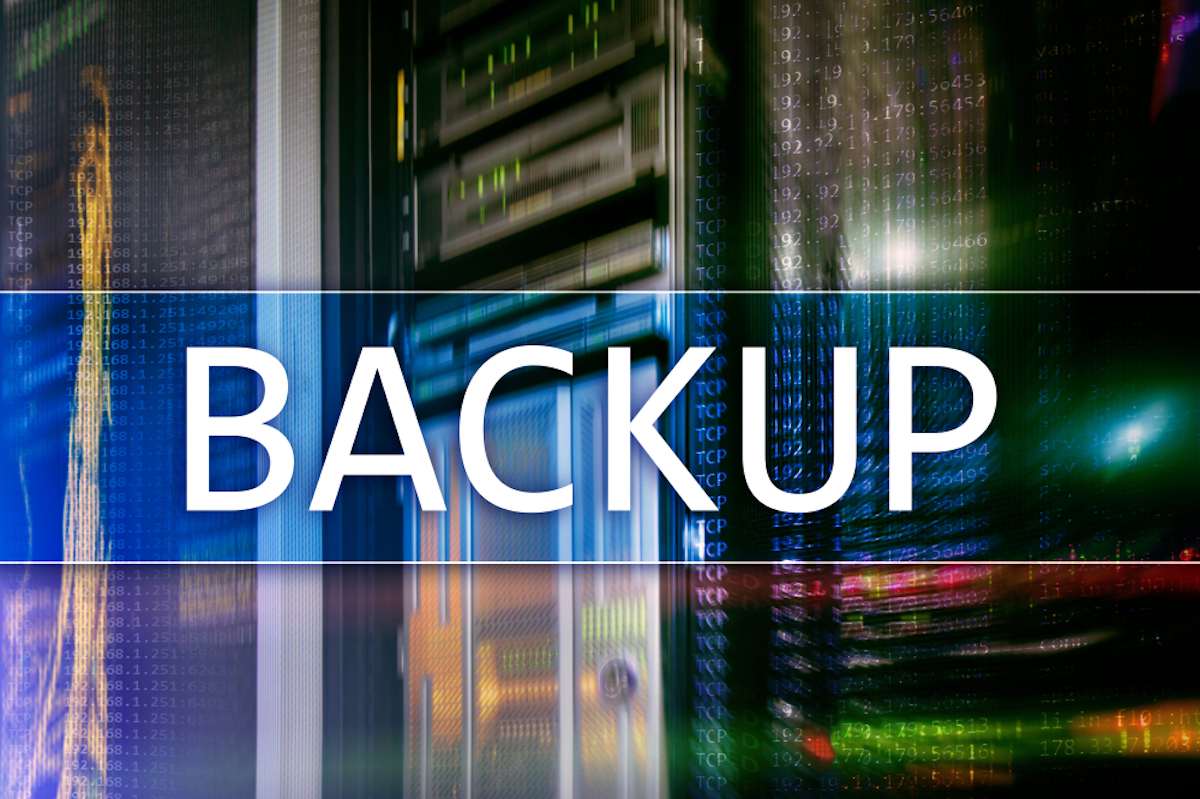Claris FileMaker is a fantastic tool for solving business problems. With the tool, we can create apps that both streamline and automate difficult and tedious tasks, thereby giving us time to explore other ways to expand our business and better serve our customers. Behind every effective FileMaker app is an equally powerful server. The on-premise version of FileMaker Server is a reliable app partner in terms of sharing problem-solving solutions with others in our workplaces or even folks outside of our organizations.
Nonetheless, there may be times when problems with our solutions will arise. Perhaps the physical or virtual server that we host our solution on becomes unstable and crashes, leaving the solution files in an uncertain state. Another challenging scenario is when Joe in accounting accidentally deletes a bunch of critical invoices and we need to get them back. These are both great examples of why our on-premise server and its particular files need a sound FileMaker backup system.
The Claris FileMaker Server on-premise product gives us lots of options to help ensure our data is protected from destruction due to user or machine failure. Rather than focus on the litany of features FileMaker offers, let's first try to articulate the requirements for our individual safety nets. These are a few important questions to get us thinking about our priorities.
- How much time can we afford to lose if we have to re-enter or recreate data in our system and is it even possible to do in all circumstances?
- How far back in time would we need to go if we don't notice that something isn't right or missing?
- Do we need to keep some portion of our backups in a safe place in case of a natural disaster like a fire, flood or pandemic?
These questions are important factors to consider for our backup plans. It's also important to understand the ramifications of each of the decisions we make based on these questions.
When to Back up
First, we need to get a grasp on when and how often we should back up our data. Let's say, for example, our coworkers enter most of their orders during the morning and then just refer to those orders throughout the rest of the day. In this case, it would make sense to schedule a good backup every half hour up until about 11 AM, a little after everyone has completed creating and editing orders. So, if a problem occurs, we can roll back to one of those half dozen backups and lose no more than 30 minutes of time and data. Throughout the rest of the day, it should be sufficient to back up every hour or so because the data is mostly read, not written. This would save valuable solid-state drive (SSD) space and system responsiveness. Other good times to back up data is right after a significant import, before a nightly server restart and in preparation for scheduled IT service. There's no right or wrong time to do a backup, but it needs to be considered to make sure we have the right data when we need it.
What to Back Up
The next step in the process is to determine how much data we need to keep and for how long. For some organizations, the data in the app is continuously changing, so keeping a lot of copies of previous backups makes sense. Other folks have systems that rarely change, so it isn't necessary to store three years of files. Rather than clogging an expensive drive array, they only need to save instances that represent times when a major import or deletion of records took place. We have to examine the kind of system we have and the data we store to determine the best plan.
Not to make this overly complicated, but media files require special attention. These files can be stored inside our solution or outside of it, depending on the FileMaker technology we're leveraging. Things like videos, PDFs and images used and stored within a solution often consume the bulk of the data backup, so we'll want to keep that in mind when we're examining what to keep and for how long. Of course, if drive space isn't a concern, save everything!
Where to Back up
So, we've covered what to back up and when. The third and final question to ask ourselves is where. Think about it, if we store our backups on the same drive as our data, we'll lose them too, if the drive fails. If we save our backups on a separate drive, but it's still inside the same server, we might avoid total loss, but there's undoubtedly going to be some downtime. Even keeping all our backups in the same building or geographic location can be a mistake if disaster strikes and we can't access them for whatever reason. So it's good practice to make sure we have a relatively recent backup of our system someplace safe, perhaps in the cloud or on a drive that we take off-site regularly.
This is just a 50,000–foot view of data back up considerations. In the next installment, we'll discuss how to leverage Claris FileMaker's On-Premise Server product to implement these system backup and recovery practices for your own solution. Check it out now.
This article is also published on FileMakerProGurus.com.


